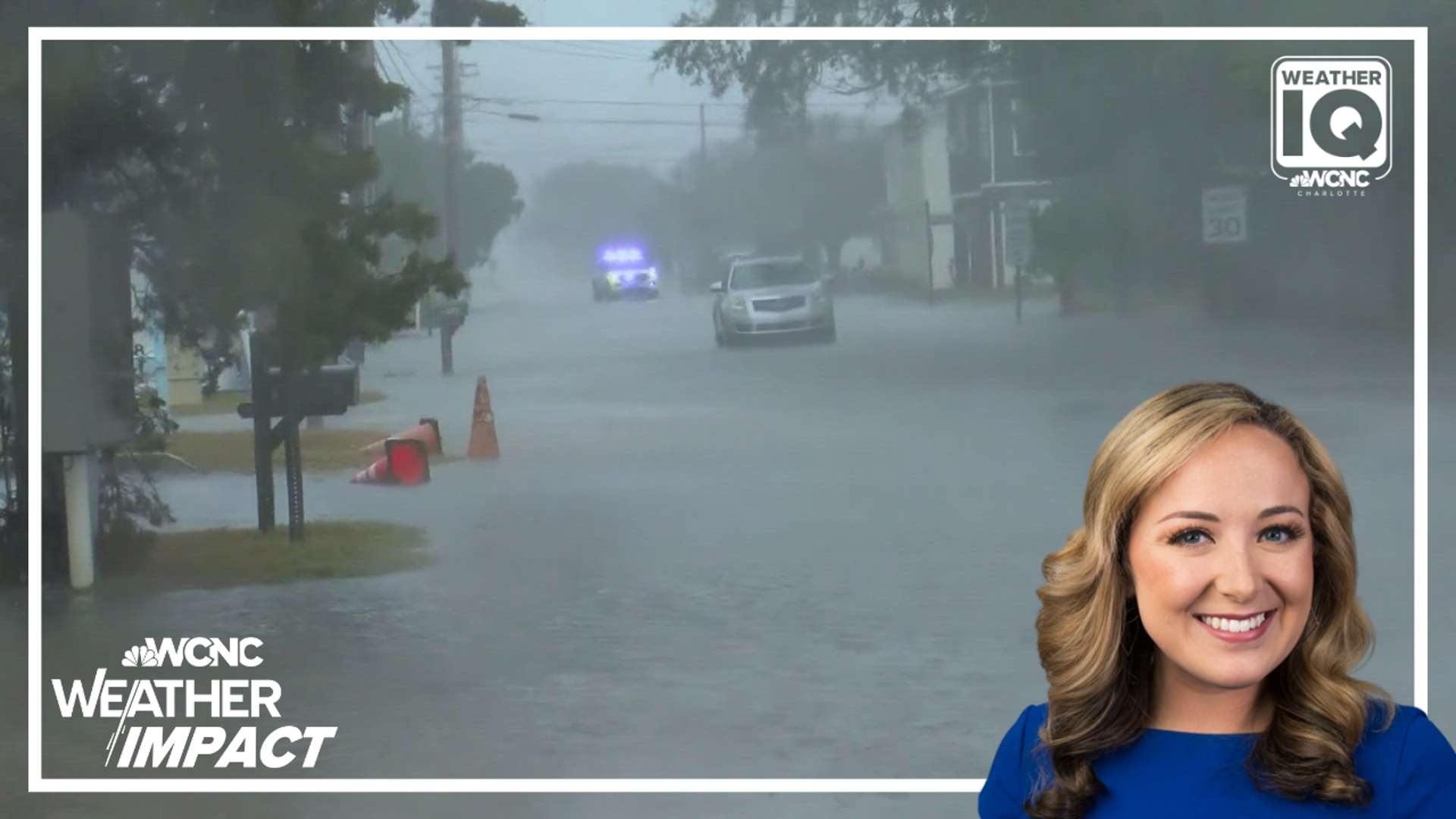BLOWING ROCK, N.C. — When it comes to the catastrophic flash flooding seen during Helene, several weather factors created a perfect storm. One of these was a predecessor rain event, or PRE, which is when heavy rain falls in advance of a tropical system.
Typically, the timeframe for a predecessor rain event is 36 hours before the tropical system arrives. This has been found to be most common during the months of August and September.
Sometimes the tropical moisture driving the PRE is associated with the storm itself but sometimes it’s a separate entity.
In the case of Helene, it was both. There was deep, tropical moisture streaming in from the storm. There was also moisture associated with a stalled front on the northwest side of the Carolinas.
The PRS before Helene produced sufficient rains so that when Helene arrived, flood waters were met with already saturated ground.
The predecessor rain event ahead of Helene was strong too. It produced severe thunderstorms including a tornado in Blowing Rock.
The term PRE was only coined in 2007. It is a relatively new research phenomenon for scientists and the phrase is still new to many people.
Early research shows that PREs can lead to another problem beyond flooding. Called the ‘brown ocean effect,' PREs can leave behind warm, saturated soil. This ground moisture can mimic warm ocean waters, which are used to maintain a storm's strength. And when stronger storms typically produce more rainfall, it can easily create a negative feedback loop.
Contact Brittany Van Voorhees at bvanvoorhe@wcnc.com and follow her on Facebook, X and Instagram.

